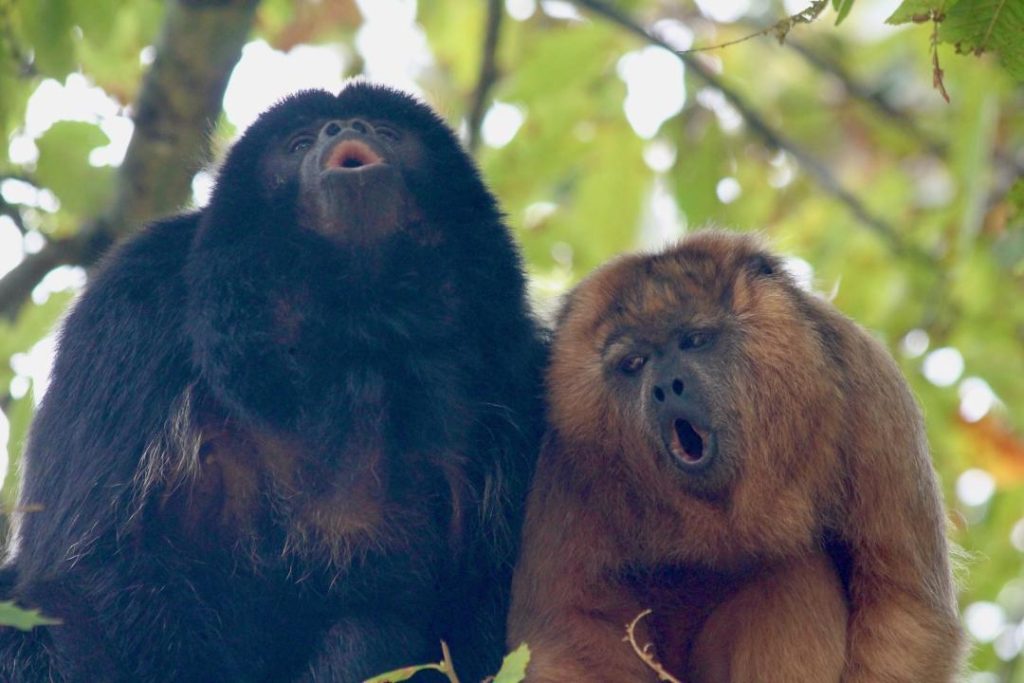
Monkeys Yodel Better Than Humans: Research
In a fascinating discovery, a recent study published in the esteemed journal “Philosophical Transactions of the Royal Society B” has revealed that monkeys have a better yodeling ability than humans. The research, which was conducted by a team of scientists, found that monkeys are capable of yodeling with a pitch range that is significantly wider than that of humans.
When we think of yodeling, we often imagine humans belting out a traditional Swiss or Austrian tune, but it appears that monkeys have been yodeling for millions of years without anyone noticing. The study, which was published online on February 27, 2024, sheds light on the unique vocal abilities of monkeys and how they are able to produce a wider range of pitches than humans.
So, why do monkeys yodel better than humans? According to the study, it all comes down to the structure of their vocal tract. Humans have a relatively simple vocal tract, consisting of a larynx, vocal cords, and a mouth and nose. This combination allows us to produce a limited range of pitches, typically around one octave, which is the range of most human vocalizations.
Monkeys, on the other hand, have an additional pair of membranes called the vestibular folds, which are located in the larynx. These membranes are not present in humans and allow monkeys to produce a wider range of pitches. In fact, the study found that monkeys are capable of yodeling with a pitch range of up to 3.5 octaves, while humans can only manage around one octave.
To put this into perspective, when a human yodels, they can typically jump an octave, which doubles the frequency of the sound. However, monkeys can jump multiple octaves, allowing them to produce a much wider range of pitches. This is because the additional membranes in their larynx allow them to vibrate at a much faster rate, producing higher frequencies.
The study, which was conducted by a team of researchers from the University of California, Berkeley, and the University of Zurich, used a combination of acoustic analysis and computer modeling to compare the yodeling abilities of monkeys and humans. The researchers recorded the yodeling sounds of 12 monkeys and 12 humans, and then analyzed the recordings using specialized software.
The results of the study were striking. While humans were able to produce a relatively narrow range of pitches, the monkeys were able to produce a much wider range. In fact, the study found that the monkeys were able to produce pitches that were up to 3.5 octaves higher than the highest pitch produced by the humans.
So, what does this mean for our understanding of animal communication? The study suggests that monkeys may be using their yodeling abilities to communicate with each other in ways that are not yet fully understood. While we can’t directly ask a monkey what they’re saying, the study suggests that their yodeling may be a form of communication that is unique to their species.
The study also has implications for our understanding of human language and communication. While humans have developed complex language systems that allow us to convey complex ideas and emotions, the study suggests that other animals may be communicating in ways that are just as effective, but in ways that are not yet fully understood.
In conclusion, the study published in the “Philosophical Transactions of the Royal Society B” has revealed that monkeys yodel better than humans. The additional pair of membranes in the larynx of monkeys allows them to produce a wider range of pitches, making them superior yodelers to humans. This study highlights the importance of continued research into animal communication and the unique abilities of different species.
Source:
Royal Society Publishing. (2024). Monkeys yodel with a wider pitch range than humans. Philosophical Transactions of the Royal Society B, 379(1861), 20240005. doi: 10.1098/rstb.2024.0005
https://royalsocietypublishing.org/doi/10.1098/rstb.2024.0005






